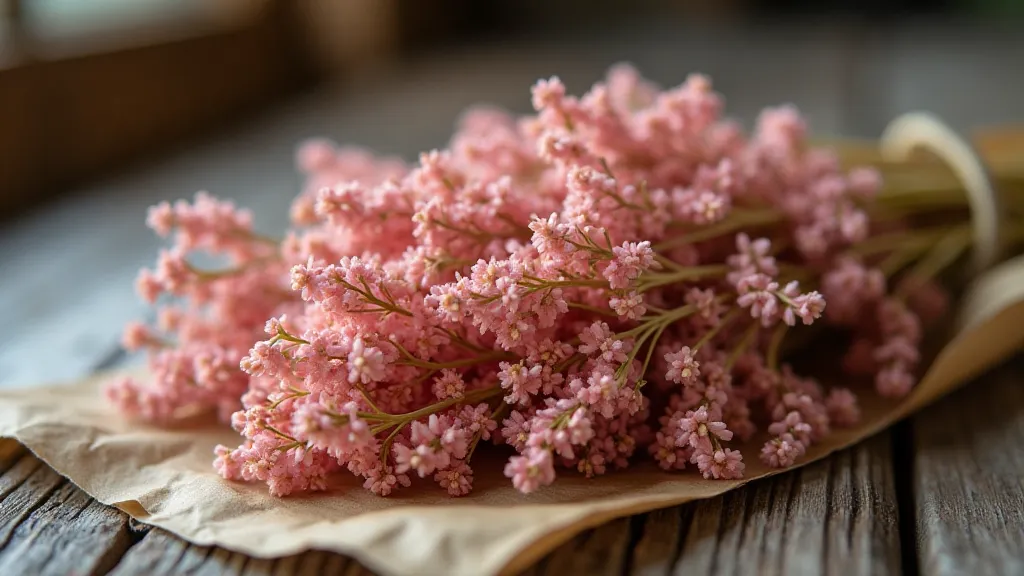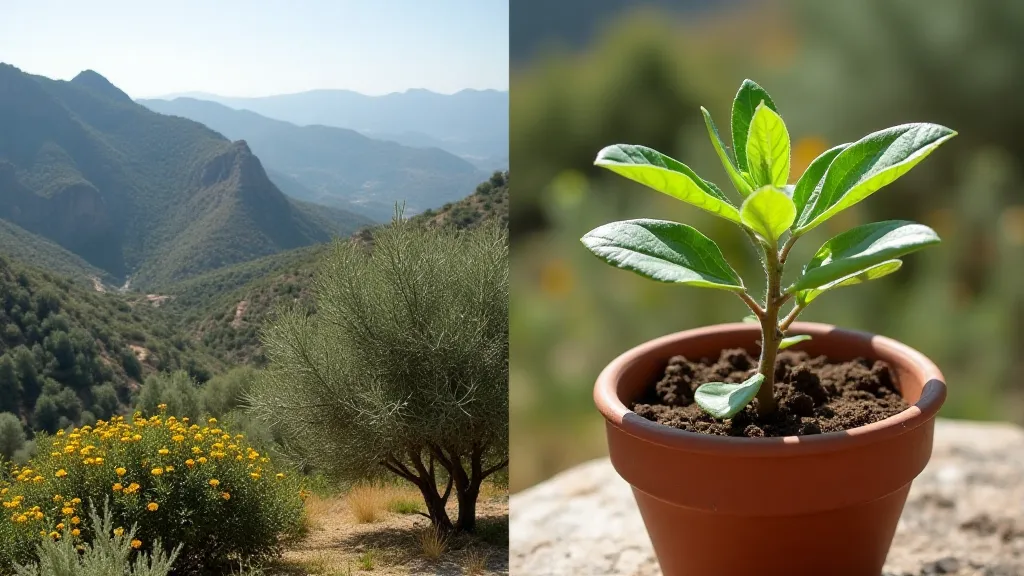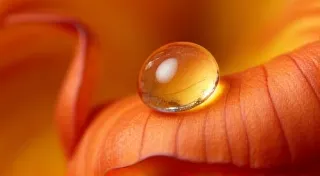Echoes of the Hearth: Reclaiming the Culinary Heritage of Dittany of Crete
There’s a scent that clings to memory, a whisper of the past carried on a breeze. For me, that scent isn't lavender, nor rosemary, but something far more elusive: Dittany of Crete, Origanum dictamnus. It’s a fragrance that evokes sun-baked hillsides, the laughter of generations tending ancient olive groves, and the comforting aroma rising from a family’s hearth. It's a heritage ingredient, largely forgotten outside its native Crete, and I'm captivated by the quiet urgency of its rediscovery.
My fascination began not in a cookbook, but in an antique shop in Athens. Amongst the tarnished silver and faded photographs, I stumbled upon a small, leather-bound journal. It belonged to my great-grandmother, Eleni, who had emigrated from Crete in the early 20th century. Scattered within its delicate pages were handwritten recipes, many featuring an herb I'm now dedicating myself to understanding: Dittany. The recipes weren't sophisticated; they were simple, elemental dishes that celebrated the bounty of the land – lamb stews simmered for hours, roasted vegetables imbued with an earthy sweetness, and breads studded with fragrant herbs. It wasn't just a culinary ingredient; it was woven into the fabric of their lives, a symbol of their connection to the land and their traditions.

A History Steeped in Tradition
Dittany's history is as rich and complex as the terrain it thrives upon. Historically, it wasn't simply a culinary treasure; it held deep medicinal significance. Ancient Greeks, including Hippocrates, recognized its healing properties. It was used as a wound dressing, a digestive aid, and even a remedy for snakebites – a testament to its potent antiseptic qualities. Crete's isolation for centuries allowed its unique flora, including Dittany, to flourish almost untouched by outside influences. Imagine a time when it was a more common sight on Cretan tables, a flavor profile intrinsic to their everyday cuisine.
The herb's name itself speaks to its historical importance. “Dictamnus” is believed to derive from the nymph Dictynna, who, according to mythology, used the herb to heal the wounded hero Minos. This connection to myth underscores its revered status in Cretan culture. The very act of cultivating Dittany was likely a communal effort, passed down through generations, each family guarding their own secrets to successful growth. Unfortunately, as globalization swept across the world, many traditional ingredients were replaced with more readily available alternatives, and Dittany slowly began to fade from common usage.
Rediscovering the Flavor Profile
Describing Dittany's flavor is challenging. It’s more than just oregano or marjoram, though it shares characteristics of both. There's a noticeable warmth, a subtle bitterness that’s balanced by an underlying sweetness, and a pungent aroma that lingers long after the taste is gone. It’s an herb that demands respect, one that can easily overpower a dish if used carelessly. The intensity is partly due to the high concentration of volatile oils, including carvacrol and thymol, responsible for its distinctive aroma and purported health benefits.
Modern Cretan chefs are beginning to champion its revival, incorporating it into innovative dishes while simultaneously honoring traditional recipes. You'll find it in lamb dishes, adding depth and complexity; it’s fantastic with grilled octopus, complementing its slightly briny flavor; and it can be infused into olive oil, creating a fragrant condiment that elevates simple salads. The traditional use in “antikristo” – slow-roasted lamb cooked over a fire – is a particularly striking example of its unique flavor profile. It stands as a poignant reminder of a heritage fading, a culinary narrative begging to be told.
The Challenges of Cultivation
Growing Dittany of Crete is not for the faint of heart. It’s a resilient plant, adapted to the harsh conditions of the Cretan landscape – rocky soil, intense sunlight, and limited rainfall. However, it's also notoriously difficult to propagate and cultivate outside of its native environment. It prefers well-drained, alkaline soil and full sun, but is susceptible to root rot if overwatered. The seeds are tiny and notoriously difficult to germinate; starting from cuttings is often a more reliable method.

The plant's slow growth rate also presents a challenge for commercial growers. It can take several years for a plant to reach maturity and produce a significant harvest. Furthermore, the herb's sensitivity to environmental factors – temperature, humidity, and soil composition – makes it difficult to replicate the conditions of its native habitat. It’s a plant that requires patience, dedication, and a deep understanding of its unique needs, a testament to the care and attention given to it by generations of Cretan farmers.
More Than Just an Herb: A Connection to the Past
For me, cultivating Dittany isn’t just about growing an herb; it's about reconnecting with my heritage, honoring the memory of my great-grandmother, and preserving a piece of Cretan culinary history. It's a slow, deliberate process, one that requires patience and respect. Every sprig harvested feels like a tangible link to the past, a whisper of the voices that cultivated it before me.
The scent alone evokes images of sun-drenched hillsides and the warmth of a family's hearth. It's a reminder of the enduring power of food to connect us to our past, to our traditions, and to one another. Perhaps, in reclaiming the culinary heritage of Dittany of Crete, we can also rediscover a sense of connection to the land, to our ancestors, and to the enduring values of simplicity, resilience, and community. Just as an antique accordion – meticulously restored – can once again fill a room with the melodies of a bygone era, so too can the revival of Dittany of Crete bring back the echoes of a culinary tradition that deserves to be cherished and preserved.





